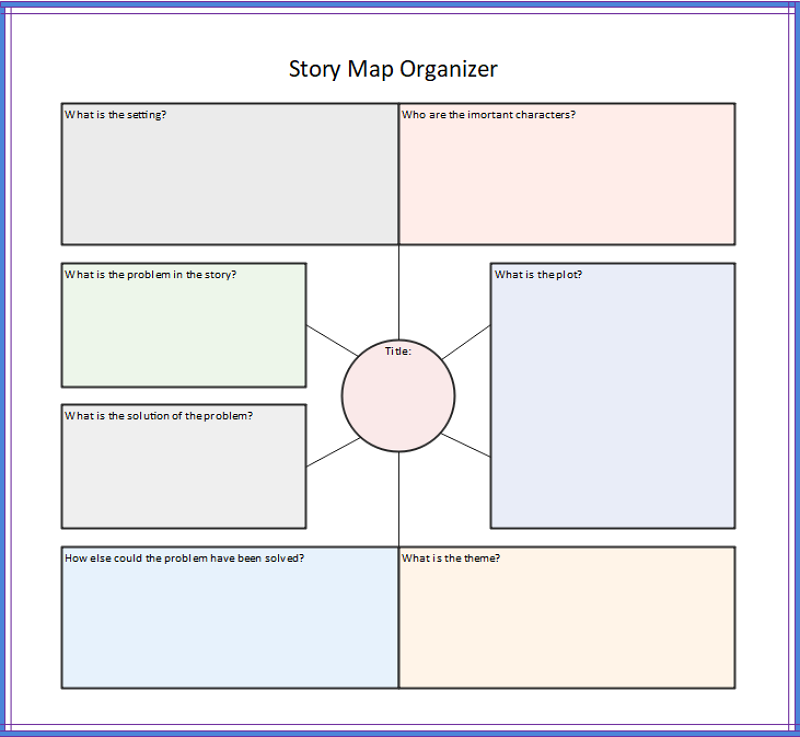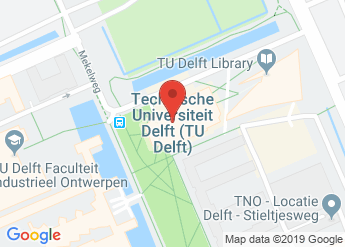
Application Pre-writing tool for students with learning disabilities (1998) posits that by using graphic organizes, prior knowledge is activated, and learners can add new information to their schema and thus improve comprehension of the material. He believed that as people continually adapt to their environments, they take in new information and acquire additional knowledge.

Piaget's theory is that a scheme is both a category of knowledge and the process of acquiring new knowledge. The brain uses these patterns of thinking and behavior that are held in long-term memory to help people interpret the world around them. In psychology, schema refers to a cognitive framework or concept that helps to organize and interpret information. Others find a basis for graphic organizers on schema theory developed by Swiss psychologist Jean Piaget. However, he warned that advance organizers are not beneficial if the tools do not ask the learner to actively incorporate new information or if the preceding teaching methods and materials already are well-defined and well-structured. In applying the use of organizers to the assimilation theory, advance organizers facilitate prior knowledge to working memory as well as its active integration of received information. Mayer reinterpreted Ausubel's subsumption theory within his own theory of assimilation encoding. By relating new information to prior knowledge, learners reorganize their cognitive structures rather than build an entirely new one from scratch. According to Ausubel's Subsumption Theory, when a learner connects new information to their own preexisting ideas, they absorb new information. Various theories have been put forth to undergird the assimilation of knowledge through the use of graphic organizers. It was not until the 1980s that the term graphic organizer was used. Its use later expanded for not only pre-reading strategies but for supplementary and post-reading activities. In the classroom, this hierarchical organization was used by the teacher as a pre-reading strategy to show relationships among vocabulary.

Barron came up with a tree diagram that was referred to as a "structured overview." The diagram introduced new vocabulary and used spatial characteristics and language written at the same level as the material being learned. Later the advance organizers were represented as paradigms, schematic representations, and diagrams as they took on more geometric shapes.


The advance organizer intended to help learners more easily retain verbal information but was written in a higher level of language. David Paul Ausubel was an American psychologist who coined the phrase "advance organizers" to refer to tools which bridge "the gap between what learners already know and what they have to learn at any given moment in their educational careers." Ausubel's advance organizers originally took the form of prose to merge the familiar-what students know-with the new or unfamiliar-what they have discovered or are learning. Graphic organizers have a history extending to the early 1960s. The main purpose of a graphic organizer is to provide a visual aid to facilitate learning and instruction. A graphic organizer, also known as a knowledge map, concept map, story map, cognitive organizer, advance organizer, or concept diagram is a pedagogical tool that uses visual symbols to express knowledge and concepts through relationships between them.


 0 kommentar(er)
0 kommentar(er)
